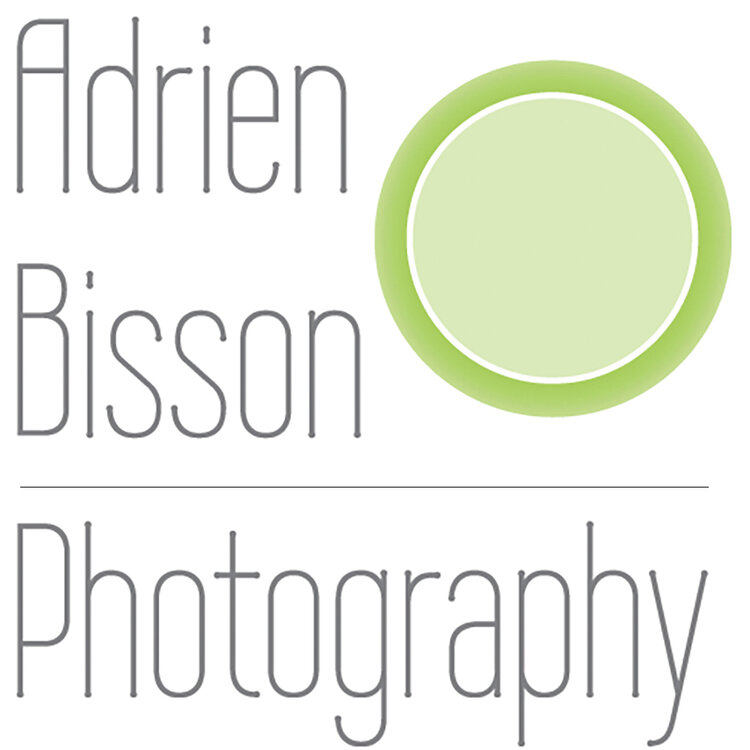There's a term that applies to a certain type of photograph that you may be familiar with. The term is "happy accident". It's generally a pretty loaded term. It can be an insult directed at a photographer who may have created an image that is good, or even great, but the person wielding the phrase feels that the good image is an exception rather than the rule, based on that person's perception of the artist's work. It can also be used by a photographer to describe his or her own photograph, implying, not so subtly, that the image in question was acquired by luck, clean living, or some other reason not directly related to skill or artistry.

As a professional portrait photographer, your goal is to 'create a photograph'. I really prefer that phrase to 'taking a photograph'. The difference is one of mindset. Am I showing up, putting up some lights so that the subject won't be in the dark and then snapping away, hoping for some kind of intervention? Not a chance! You need to walk into the studio or onto a location with a frame of mind totally focused on making a great photograph. You are creating a work of art, no matter how mundane or commercial the assignment might be. The location is sized up. A series of shot options is internalized, discussed with assistants and possibly the subject, any lighting that is necessary is set up, furniture is almost always moved(*). Then, photographs are made.
There are so many things to take in and consider when you are about to create photographs at a professional commercial level: how subjects or models will be portrayed, composition, lighting, style, props, distractions, etc.. You can't just walk in and start shooting, hoping for some happy accidents. You need a concept, and an ability to execute it. Once things are starting to fire on all cylinders in a given context, the shooting can commence in earnest. I make a lot of shots when I am creating portraits. But the activity is 


